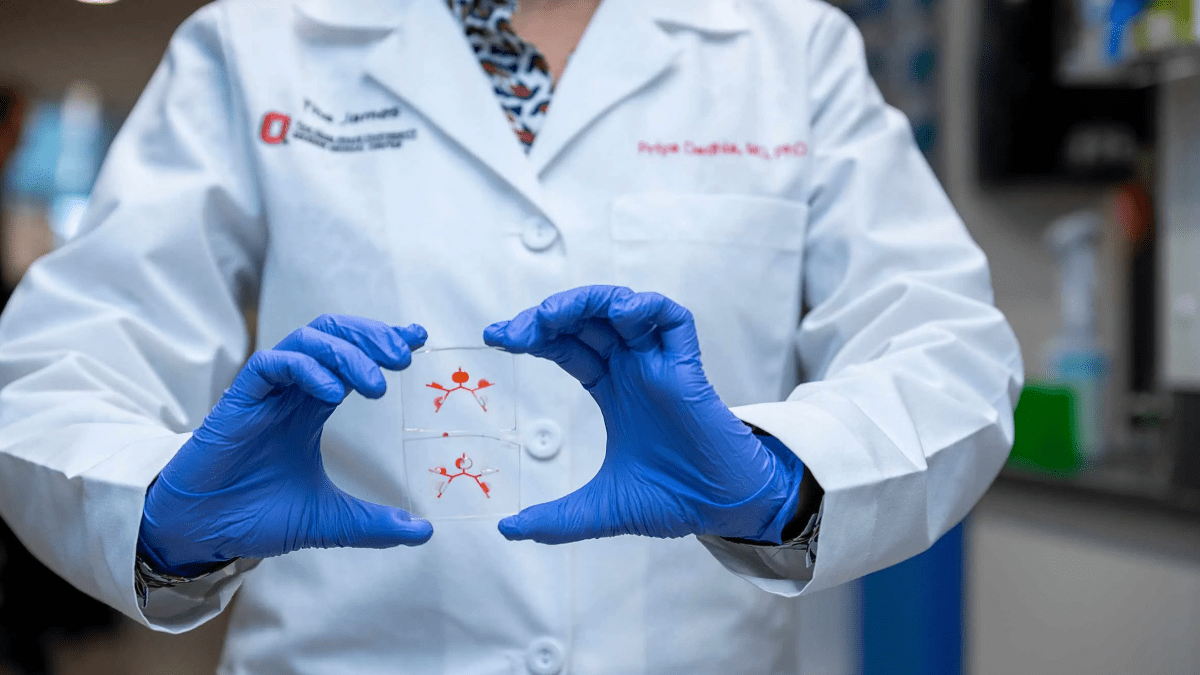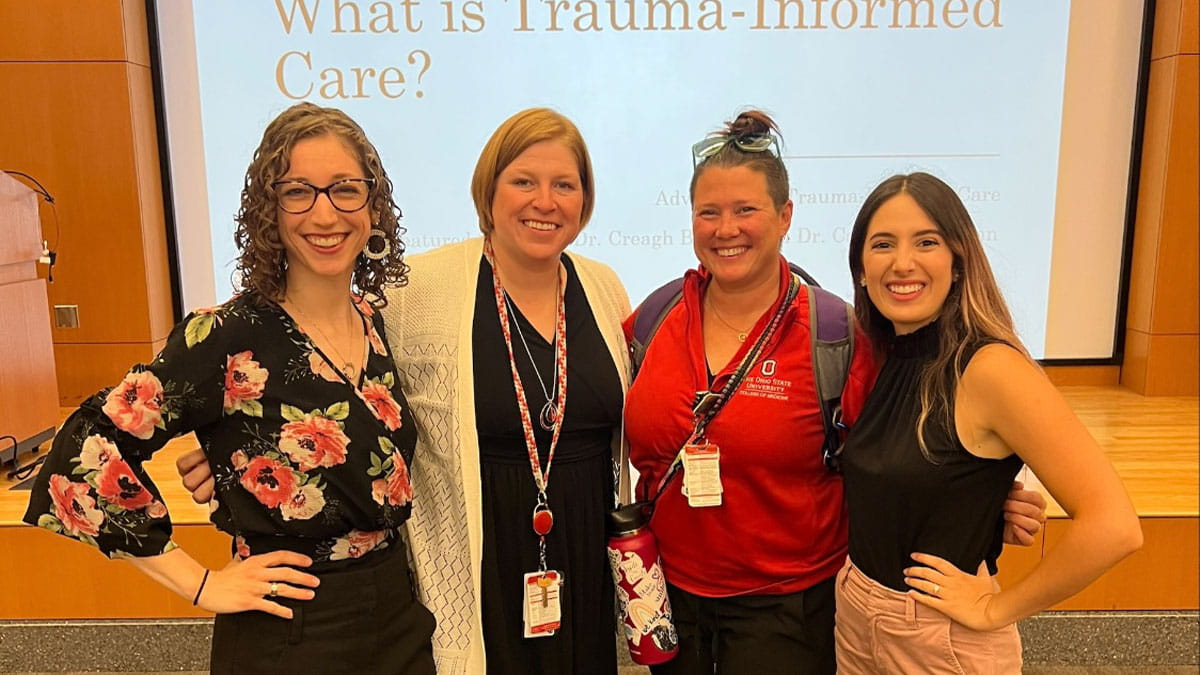Preclinical vaccine may be first approved design for prevention of human leishmaniasis
Visceral leishmaniasis (VL) is a parasitic disease that can cause fever, enlargement of the spleen and liver and low blood counts. The most severe type of leishmaniasis, VL is one of the most daunting parasitic diseases in terms of outbreak and mortality potential. Left untreated, VL is fatal for 95% of victims. Even with treatment, curative drugs for VL are toxic and often result in drug resistance. With frequent outbreaks of this disease across the world, vulnerable endemic regions are in need of an efficacious vaccine.
A long-established existing vaccine employs live-nonattenuated vaccines, using parasite leishmania major to induce artificial skin lesions and a long-lasting immunity to the disease. However, the desired immunity development induced by this vaccine is combatted by the fact that this inoculation is neither reproducible nor safe. These setbacks have prompted the World Health Organization to rule out leishmanization as an acceptable vaccine design.
Abhay Satoskar, MD, PhD, professor of Microbiology at The Ohio State University College of Medicine in the Division of Experimental Pathology, and his co-authors have developed a preclinical vaccine that complies with the WHO’s vaccine standards. Their work may produce the first approved vaccine for human use.
“The immunological protective mechanism in VL is complex,” says Dr. Satoskar. “Cell mediated immunity is crucial for the induction of the host protective immune response, with successful immunity against leishmaniasis involving chemokine and chemokine receptors. These messengers recruit immune cells to the infected sites, including macrophages that eliminate the parasites.”
To induce an asymptomatic infection that would create this desired long-term immunity against VL, Dr. Satoskar and his co-authors reviewed live-attenuated leishmania parasites as a vaccine candidate. Genetically modified via CRISPR/Cas9 technology to alleviate virulence, live-attenuated leishmania parasites mimic infection without presenting dangerous clinical manifestations.
“We studied the live-attenuated centrin gene deleted leishmania major parasite (LmCen-/-) in pre-clinical animal models of visceral leishmaniasis. As centrin is a calcium-binding protein essential to the duplication of this parasite, the removal of this factor allows us to better manage the proliferation and consequential clinical symptoms of L. major. We had previously shown that LmCen-/- conferred complete clinical protection against cutaneous leishmaniasis but we did not know how effective this vaccine would be against the visceral form of the disease. This is an amazing breakthrough made possible by CRISPR/Cas9 technology, with the absence of antibiotic resistance marker genes making this vaccine compliant for human vaccine trials.”
Using a hamster model, the team observed that neither healthy nor immunocompromised hamsters presented skin pathology from the vaccine. In addition, it induced the desired local and systemic inflammatory immune response without compromising the hamster model’s spleen and liver.
“We found our vaccine to induce significantly higher levels of chemokines and other important pro-inflammatory mediators than wild-type leishmaniasis infection,” says Dr. Satoskar. “The vaccine also offers broad spectrum efficacy against cutaneous and visceral leishmaniasis, providing effective prevention against more than one type of leishmaniasis.”
The vaccine was also tested on sampled human peripheral blood mononuclear cells, major cell players in human immunity. Dr. Satoskar and his team found that LmCen-/- induced a pro-inflammatory immune response, providing a safe and efficacious candidate vaccine for humans.
The production of this vaccine can be scaled to match the Good Manufacturing Practice regulations enforced by the FDA, ensuring consistent quality and identity in the reproduction of the vaccine. Dr. Satoskar and his team are working with the National Institutes of Health to prepare the LmCen-/- vaccine for clinical trial. Using a Challenge Human Infection Model in lieu of the typical large scale phase III trial, this model saves time and money without sacrificing the gold-standard quality of their research.
“The elimination of VL has been difficult to achieve because no vaccine is currently available against this disease,” says Dr. Satoskar. “This vaccine will be critical for achieving elimination of VL in endemic regions.”
Kurt Fredrick, PhD, chair of the Department of Microbiology, recognizes the great impact this work brings. This remarkable vaccine will solidify the Ohio State College of Medicine’s role as a powerful contributor to pathology research.
“Dr. Satoskar’s vaccine is a real game changer. It is likely to improve the lives of millions of people across the world,” says Dr. Fredrick.
Dr. Satoskar and his team’s work provides a safer, reproducible alternative to leishmanization that could serve as the first approved vaccine for the protection against a disease researchers have been fighting for centuries.
Citation
Karmakar S., Ismail N., Oliveira F., et al. Preclinical validation of a live attenuated dermotropic Leishmania vaccine against vector transmitted fatal visceral leishmaniasis. Commun Biol 4, 929 (2021). https://doi.org/10.1038/s42003-021-02446-x



